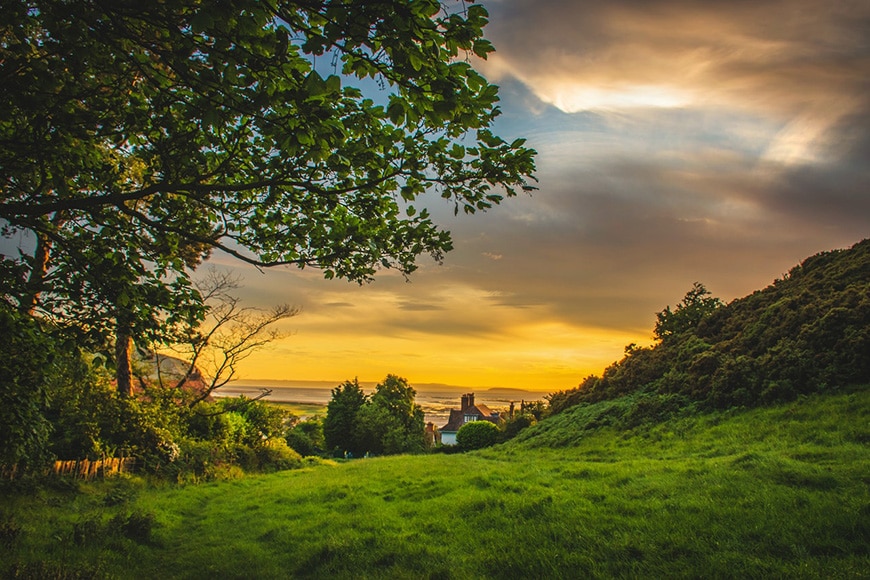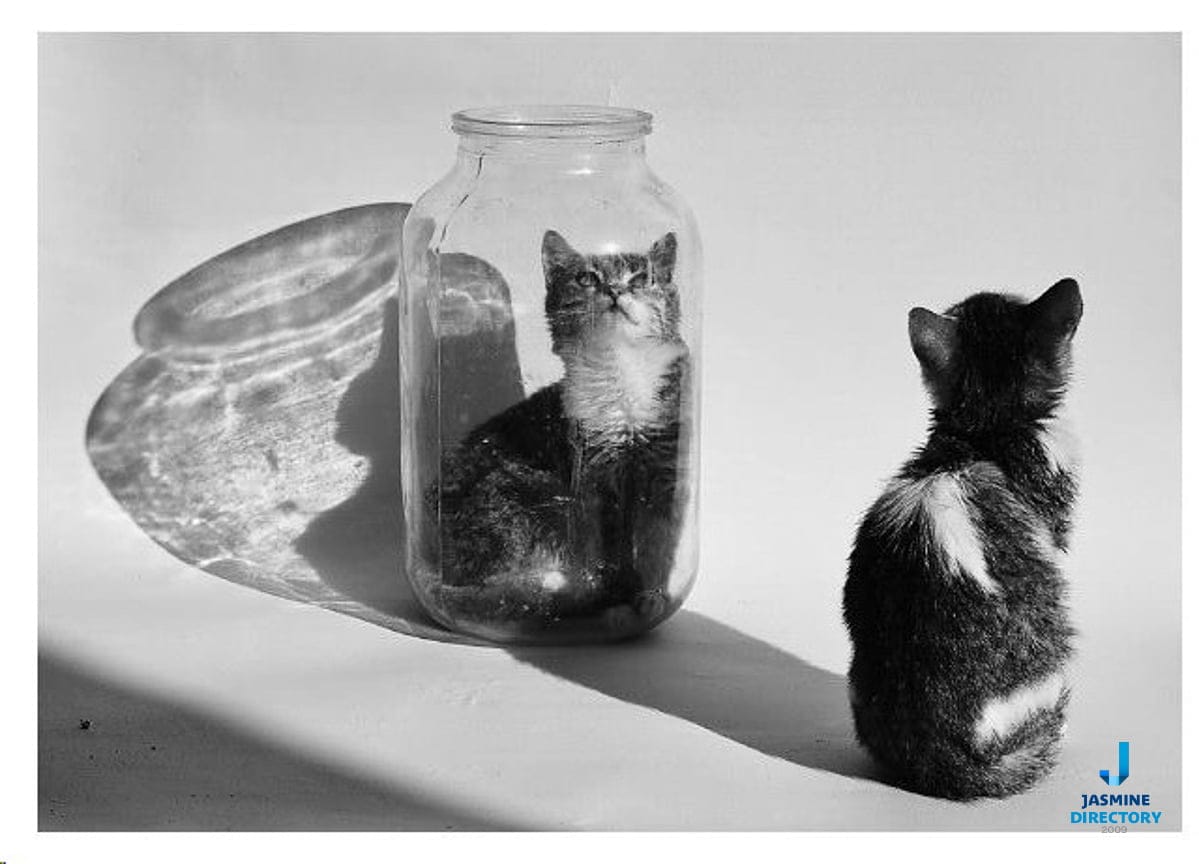He loves to photograph people the most. A painting that is.
Asymmetrical Balance In Photography Explained By Smugmug Smugmug
This design gives the greatest range of movements and flexibility.

. Kevin bought his first camera in the early 1980s and started working in the photography department of a daily newspaper a few years later. As stated above complex shapes often feel heavier and for that reason are commonly. You can think of it like the seesaw you might have played on when you were young or as a beam balance scale.
For example asymmetrical balance can occur when several smaller items on one side are balanced by a large item on the other side or when smaller elements are. The monorail camera is the most common type of studio view camera with front and rear standards mounted to a single rail that is fixed to a camera support. This portfolio template also doubles as an eCommerce website.
During the past decade Kevin has begun to teach and write more sharing his passion for photography with. Asymmetrical balance is a bit more difficult to achieve than symmetrical balance because each element of art has its own visual weight relative to the other elements and affects the whole composition. Visual balance doesnt mean that every element has to be distributed with perfect symmetry.
It evokes feelings of modernism movement energy and vitality. Radial balance occurs when elements radiate from a common center. Asymmetrical balance uses elements of differing weights often laid out in relation to a line that is not centered within the overall design.
See how it utilizes some of the best tips for selling art. In most cases this means the most. Rail camera - There is the smaller more maneuverable monorail camera and the large stable immovable multi-rail camera known as the process camera.
Asymmetrical balance is more dynamic and interesting. Balance is the sense that the painting feels right and not heavier on one side. Asymmetrical balance offers more visual variety although it can be more difficult to achieve because the relationships between elements are more complex.
A slightly off-centered layout lends balance between the bold image and minimalist typography on The Nue Cos website. The four types of balance that can be used in art design and photographysymmetrical asymmetrical radial and crystallographic. Learn to define asymmetrical balance discover why artists choose to use it and.
His whole career is focused on photography and hes covered a multitude of subjects. The vertical typography throws the otherwise perfect symmetry a bit off-balance resulting in a truly engaging look. An oft-neglected design principle established artists will often apply balance instinctively but we can all benefit from a little education in balance to make our designs photos and illustrations the best they can be.
You can also achieve this by putting two subjects of different importance that contrasts with each other in terms of size color depth etc. 7 min read. Emphasis deals with the parts of a design that are meant to stand out.
Using the rule of thirds can achieve asymmetrical balance like what was discussed earlier. Having a symmetrical arrangement adds a sense of calm whereas an asymmetrical arrangement creates a more dynamic feeling. Explore the definition and examples of symmetrical balance in art and learn what.
You can have different weights on each side but can remain balanced by how the. Balance can be achieved through asymmetry as well. Radial balance This is a type of balance that is based on a circle with all elements arranged around a central point like they are radiating from it.
A Collection of Portfolio Templates for Creative Professionals. However perfect symmetry is not necessary to create a sense of balance in an image. Asymmetrical balance is created when two sides of an image do not mirror each other but still have approximately the same visual weight the same amount of detail or shapes or color and so on.
Symmetrical balance in art occurs when elements are arranged equally on either side of a compositions center. In art asymmetrical balance makes a work dynamic by adding elements of varying weights shapes colors or sizes. Rather than repeating the same item within a space to achieve balance in this case we are using different elements with a similar perceived weight to achieve balance on the opposing axis.
Asymmetrical balance relates very strongly to the visual weight of objects.

Five Kinds Of Photography Balance You Need To Understand To Take Appealing Photographs Student Resources

14 Ways To Use Asymmetrical Balance In Photography

What Is Asymmetrical Balance Photography And How To Use It

What Is Asymmetrical Balance In Photography And How To Use It

What Is Asymmetrical Balance Photography And How To Use It

9 Asymmetrical Balance Photos Ideas Asymmetrical Balance Asymmetrical Composition Photography


0 komentar
Posting Komentar